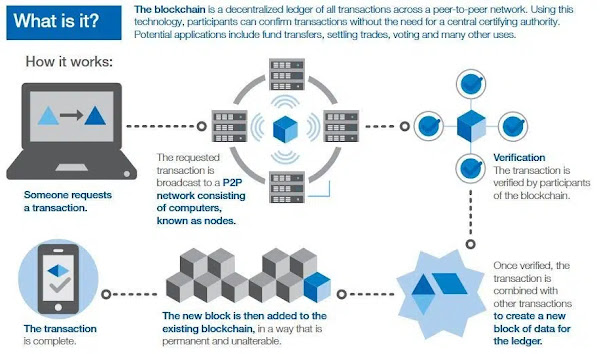Ketahuilah wahai Malik, sesungguhnya aku mengirimkan kamu ke suatu daerah di mana kerajaan yang adil dan tidak adil telah wujud sebelum kamu. Rakyat akan menilai tindak tanduk kamu seperti mana kamu pada kebiasaannya menilai tindak tanduk pemerintah sebelum kamu. Mereka akan berbicara tentang kamu sebagaimana menjadi kebiasaannya kamu membicarakan mengenai pemerintah tersebut. Yang bertakwa di kalangan kamu adalah mereka yang ditentukan oleh Allah SWT sebagaimana yang disampaikan oleh Rasul-rasulNya.
Jadikanlah apa-apa tindakan kamu sebagai tindakan orang yang soleh. Kawallah nafsu kamu dan kekangilah jiwamu daripada apa yang tidak halal bagimu, kerana menahan jiwa adalah supaya ia berlaku adil sama ada suka ataupun tidak suka. Semaikan hati kamu dengan rasa belas kasihan, kasih sayang, baik hati kepada rakyat kamu. Jangan kamu tunjukkan wajah kamu seperti binatang buas dan menganggap mereka mangsa yang mudah dibaham, kerana mereka sebenarnya tergolong dua golongan: sama ada mereka saudara seagama dengan kamu atau mereka adalah makhluk Tuhan seperti kamu juga. Kesilapan telah menyebabkan mereka tidak sedar bahawa kelemahan itu telah menguasai diri mereka dengan melakukan perbuatan jahat dengan sengaja atau tidak sengaja. Berikanlah mereka keampunan dan kemaafan sebagaimana kamu berharap Tuhan juga akan memaafkan kamu. Kamu lebih tinggi daripada mereka, dan yang melantik kamu tinggi daripada kamu, dan Tuhan lebih tinggi daripada orang yang melantik kamu. Tuhan meminta kamu memenuhi keperluan mereka, dan Tuhan menguji kamu melalui mereka.
Jangan kamu ingkar perintah Tuhan, lantaran kamu tidak mempunyai kuasa terhadap pembalasanNya, juga kamu tidak dapat melaksanakan pengampunan dan kasih sayangNya. Jangan berasa kecewa kerana memberi maaf atau bergembira apabila menjatuhkan hukuman, dan jangan terburu-buru (untuk bertindak) mengikut hati kalau kamu ada jalan yang lebih baik. Jangan sekali-kali berkata, “Aku diberi kuasa, aku memberi perintah, dan aku mesti dipatuhi,” kerana pastilah itu adalah korupsi hati, melemahkan agama, membawa perubahan nasib seseorang. Jika kuasa yang kamu miliki menjadikan kamu angkuh dan bangga, maka bayangkanlah pula akan kehebatan kekuasaan Tuhan ke atas kamu dan kuasaNya ke atas kamu yang tidak kamu mengawalnya. Ini akan mengendurkan kedegilan kamu, menahan rasa amarah kamu dan ini akan mengembalikan kewarasan kamu. Berwaspadalah daripada menyaingi Tuhan dari segi kehebatanNya dan menyamakan diri engkau dengan Dia dari segi kuasa mutlakNya, kerana Tuhan akan memusnahkan orang yang zalim dan akan memberi malu kepada orang yang sombong.
Hendaklah kamu, ahli keluarga kamu dan mereka yang kamu senangi, berlaku adil kepada Tuhan dan kepada manusia. Jika kamu tidak berlaku adil, kamu telah melakukan kesalahan. Dan bagi mereka yang melakukan kesalahan kepada hamba Allah, dia harus berdepan dengan Allah bukan sahaja berdepan dengan hamba Allah tersebut. Allah menjadikan batal dan tidak sah hujah mereka yang menentangNya. Orang itu dianggap musuh Allah sehinggalah dia insaf dan bertaubat. Sesungguhnya berlarutan melakukan kesalahan akan menyebabkan terhindarnya rahmat Allah dan bencana daripadaNya disegerakan kerana Allah mendengar doa mereka yang tertindas dan sesungguhnya Allah sentiasa memerhatikan mereka yang melakukan kemungkaran.”


